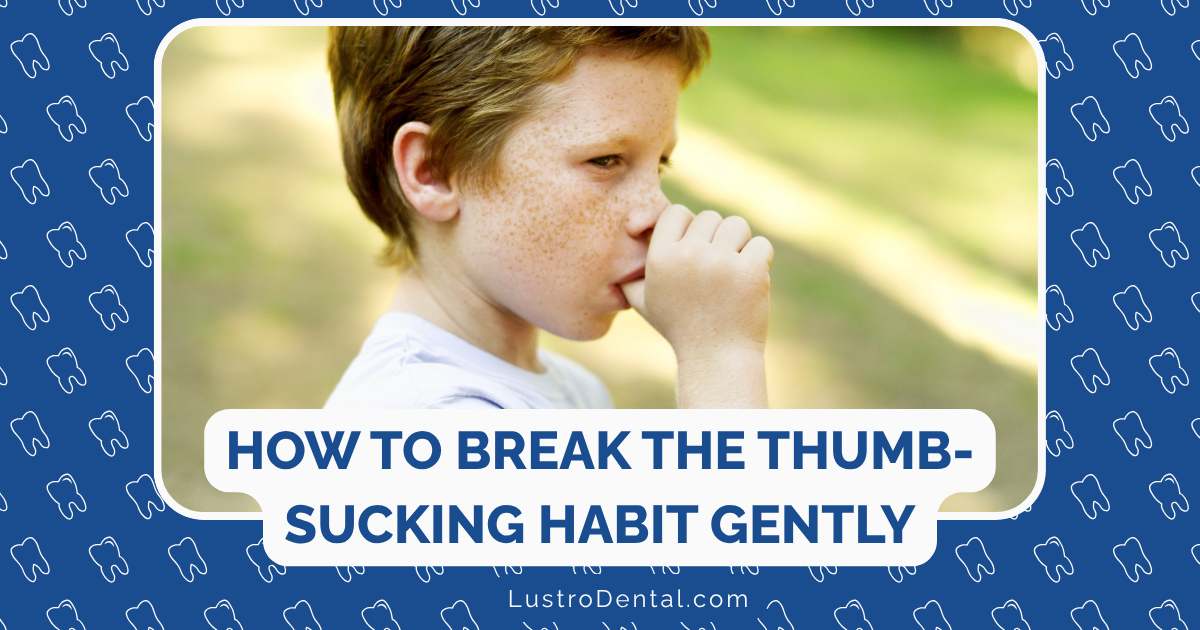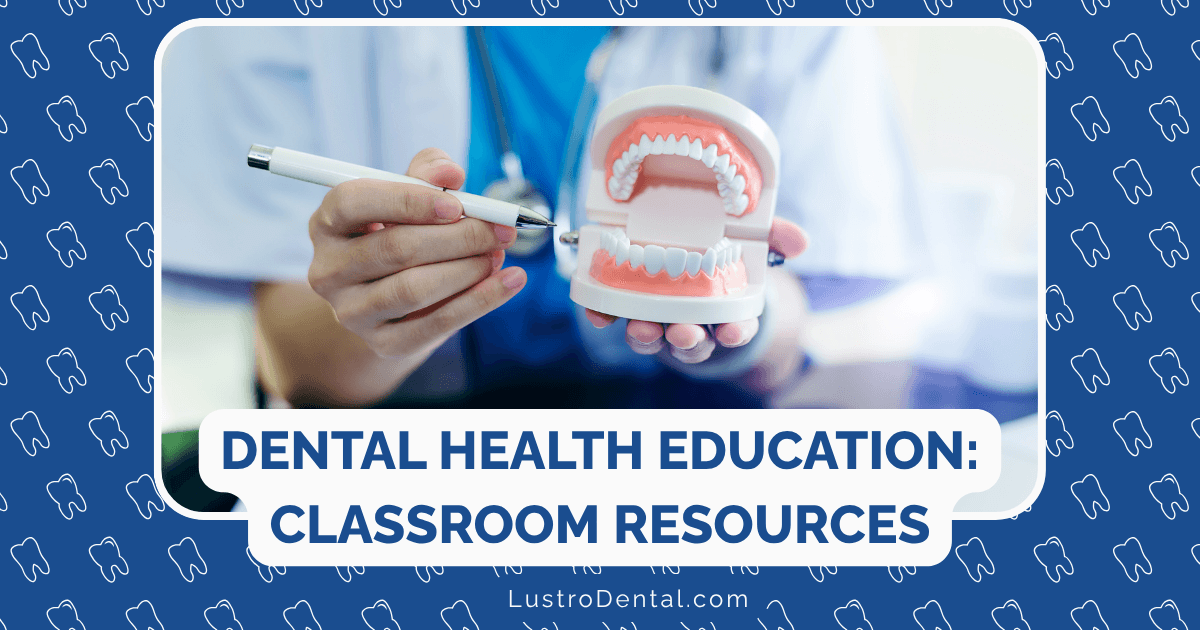Gentle Ways to Break the Thumb-Sucking Habit Without Trauma

Thumb sucking is one of the most natural self-soothing behaviors in early childhood. It begins before birth—ultrasounds often capture fetuses sucking their thumbs in the womb—and continues as a source of comfort and security for many young children. But as children grow older, parents often wonder how to help them move beyond this habit without creating stress or emotional distress.
If you’re concerned about your child’s thumb sucking, you’re not alone. Research shows that approximately 90% of newborns demonstrate some form of hand sucking within two hours after birth, and many continue this behavior well into toddlerhood or beyond. While most children naturally outgrow thumb sucking between ages 2 and 4, some need extra support to break the habit, especially if it persists after age 5 when permanent teeth begin to emerge.
This comprehensive guide offers gentle, trauma-free approaches to help your child move beyond thumb sucking while preserving their emotional well-being and your parent-child relationship.
Understanding the Psychology Behind Thumb Sucking
Before discussing cessation strategies, it’s important to understand why children suck their thumbs:
Natural Comfort Mechanism
Thumb sucking begins as a natural reflex linked to the sucking instinct that helps infants feed. It quickly becomes associated with comfort, security, and self-regulation.
Dr. Sarah Johnson, child psychologist, explains: “Thumb sucking is one of the earliest ways children learn to manage their emotions independently. It’s a powerful self-soothing tool that helps them feel safe and calm during times of stress, fatigue, boredom, or anxiety.”
Developmental Significance
For many children, thumb sucking serves important developmental functions:
- Self-regulation: Helps children calm themselves without external support
- Transitional object: Provides comfort during separations from parents
- Stress management: Offers relief during overwhelming situations
- Sleep association: Creates a familiar routine that facilitates falling asleep
When Thumb Sucking Becomes Habitual
Over time, what begins as an intentional comfort behavior can become an unconscious habit. By ages 3-4, many children suck their thumbs automatically without realizing they’re doing it, particularly during passive activities like watching television or when tired.
Understanding this progression from conscious self-soothing to unconscious habit is key to addressing thumb sucking compassionately and effectively.
When to Consider Intervention
The American Academy of Pediatrics and most dental professionals agree that intervention should be considered in these circumstances:
- Age: When the habit persists beyond age 4-5
- Dental development: When permanent teeth begin to emerge
- Intensity: When sucking is vigorous rather than passive
- Frequency: When it occurs throughout the day, not just at bedtime or during stress
- Social impact: When the child experiences teasing or self-consciousness
- Dental changes: When visible changes to teeth or palate are observed
Dr. Michael Chen of Petite Smiles Dentistry notes: “The timing of intervention matters. Ideally, we want to help children stop thumb sucking before permanent teeth fully erupt, but we also need to ensure they’re developmentally ready to learn alternative coping strategies.”
10 Gentle, Trauma-Free Approaches to Breaking the Thumb-Sucking Habit
1. Open, Age-Appropriate Communication
The approach: Have calm, non-judgmental conversations about thumb sucking that help your child understand the “why” behind stopping.
How to implement:
- Choose a relaxed moment when your child isn’t actively thumb sucking
- Use age-appropriate language to explain how thumb sucking might affect their teeth
- Emphasize growing up rather than focusing on the negative aspects
- Ask open-ended questions like “What do you think might help you remember not to suck your thumb?”
Why it works: According to research published in Psychology Today, children respond better when they understand the reasons behind changing a behavior and feel included in the decision-making process.
2. Identify and Address Triggers
The approach: Help your child become aware of when and why they suck their thumb, then develop alternative responses to those triggers.
How to implement:
- Keep a simple log of when thumb sucking occurs (bedtime, while watching TV, during stress)
- Talk with your child about what feelings prompt thumb sucking
- Brainstorm alternative responses to each trigger
- Practice the new responses together
Why it works: Awareness is the first step in changing any habit. By identifying patterns, you and your child can develop targeted strategies rather than trying to tackle the entire habit at once.
3. Positive Reinforcement Systems
The approach: Create a reward system that celebrates success rather than punishing setbacks.
How to implement:
- Develop a sticker chart or other visual tracking system
- Set achievable goals (starting with short periods, like no thumb sucking during meals)
- Provide immediate praise for success
- Offer meaningful rewards for reaching milestones
- Gradually extend the thumb-free periods as your child succeeds
Why it works: The Mayo Clinic recommends positive reinforcement as a first-line approach because it builds confidence and motivation without creating shame or anxiety around the habit.
4. Provide Alternative Comfort Objects
The approach: Introduce substitute items that provide similar sensory comfort.
How to implement:
- For younger children: Offer a special stuffed animal, blanket, or other security object
- For older children: Consider stress balls, fidget toys, or worry stones
- Make the alternative item special by letting your child select it
- Keep the comfort item accessible during high-risk thumb-sucking times
Why it works: This approach acknowledges your child’s need for comfort while redirecting it to a more age-appropriate object.
5. Gentle Physical Reminders
The approach: Use non-punitive physical cues that bring awareness to the habit without shame or discomfort.
How to implement:
- For daytime: Try a colorful, fun adhesive bandage as a visual reminder
- For nighttime: Consider a soft cloth glove, sock, or thumb sleeve
- Let your child decorate or personalize these reminders
- Present them as helpers rather than punishments
Why it works: Physical reminders interrupt the automatic nature of habitual thumb sucking by bringing the behavior into conscious awareness.
6. Create Environmental Changes
The approach: Modify your child’s environment to reduce unconscious thumb sucking.
How to implement:
- Keep hands busy during high-risk times with crafts, games, or other activities
- Provide a special “busy box” of engaging activities for passive situations like car rides or TV time
- Ensure adequate physical activity throughout the day to reduce stress and restlessness
- Consider a pillow or stuffed animal that positions arms away from the face during sleep
Why it works: Environmental modifications make it easier to avoid the habit by creating situations where thumb sucking is less likely to occur naturally.
7. Use Social Modeling and Storytelling
The approach: Harness the power of stories and role models to motivate your child.
How to implement:
- Read children’s books about characters who stop thumb sucking
- Share age-appropriate stories about family members who overcame similar habits
- Role-play scenarios with stuffed animals or dolls
- Create a personalized story starring your child as the hero who conquers thumb sucking
Recommended books:
- “David Decides About Thumbsucking” by Susan Heitler
- “Thumb Love” by Elise Primavera
- “Little Thumb” by Colleen Brunelli
Why it works: Stories help children process change emotionally and provide models for success that feel achievable.
8. Establish a Support Team
The approach: Enlist others to provide encouragement and reinforcement.
How to implement:
- Talk to your child’s dentist about providing positive, educational guidance
- Ensure all caregivers use consistent, positive approaches
- Consider involving siblings as cheerleaders (not critics)
- Ask teachers or childcare providers for support without drawing negative attention
Why it works: Consistent, positive messaging from multiple trusted adults reinforces the importance of the goal while providing a network of support.
9. Use Visual Progress Tracking
The approach: Create visual representations of progress that motivate continued effort.
How to implement:
- Make a paper chain where each link represents a successful day
- Create a journey map with milestones marked along a path
- Use a growth chart that shows your child’s progress toward the goal
- Take “before” photos of teeth (if appropriate) to compare with future progress
Why it works: Visual tracking makes abstract progress concrete and provides regular opportunities to celebrate success.
10. Implement Replacement Behaviors
The approach: Teach specific alternative behaviors that serve the same psychological function.
How to implement:
- For stress relief: Practice deep breathing, progressive muscle relaxation, or visualization
- For sensory needs: Offer appropriate chewing alternatives like sugar-free gum (for older children)
- For sleep association: Develop new bedtime routines that provide comfort
- For boredom: Teach simple activities that keep hands busy
Why it works: Replacement behaviors acknowledge the underlying need while channeling it in more age-appropriate directions.
Special Considerations for Different Ages
Toddlers (Ages 2-3)
For this age group, gentle awareness and positive reinforcement are most appropriate:
- Focus on limiting thumb sucking to specific times (like bedtime) rather than eliminating it completely
- Use distraction rather than direct intervention
- Praise thumb-free moments enthusiastically
- Avoid making thumb sucking a power struggle
Dr. Emily Rodriguez, pediatric specialist, advises: “For toddlers, the goal should be gradual reduction rather than immediate cessation. Their emotional development still benefits from self-soothing behaviors, so a gentle, patient approach is essential.”
Preschoolers (Ages 4-5)
As children develop more self-awareness and social consciousness:
- Involve them in problem-solving discussions
- Use visual charts and concrete rewards
- Read books about thumb sucking
- Begin explaining dental consequences in simple terms
- Consider a “special signal” between you and your child as a gentle reminder
School-Age Children (Ages 6+)
For older children who continue thumb sucking:
- Have more detailed conversations about social and dental implications
- Develop a written or verbal contract with specific goals and rewards
- Consider dental appliances if other approaches haven’t worked
- Address any underlying anxiety or stress that may be contributing to the habit
- Ensure the child doesn’t feel shame or embarrassment about the habit
What Not to Do: Approaches to Avoid
Certain approaches can create psychological distress or damage the parent-child relationship:
Avoid Shame-Based Tactics
- Public embarrassment: Drawing attention to thumb sucking in front of others
- Negative labels: Calling the child “babyish” or using other derogatory terms
- Comparisons: Unfavorably comparing the child to siblings or peers
Avoid Punitive Measures
- Physical punishment: Slapping hands or forcing thumbs out of mouths
- Bitter substances: Applying unpleasant-tasting substances without consent
- Excessive restrictions: Limiting activities or privileges as punishment
Avoid Creating Anxiety
- Exaggerating consequences: Creating fear through worst-case scenarios
- Constant monitoring: Making the child feel perpetually watched and judged
- Setting unrealistic timelines: Demanding immediate cessation
Dr. Lisa Patel, child psychologist, explains: “Approaches that induce shame, fear, or punishment may appear to work in the short term but often create emotional distress and can lead to other problematic behaviors. They may also damage the trust between parent and child.”
When to Consider Professional Help
While most children can stop thumb sucking with gentle home-based approaches, consider professional guidance if:
- The habit persists despite consistent efforts over several months
- Your child shows signs of significant anxiety about thumb sucking
- Dental problems are already evident
- The habit is affecting your child’s social relationships
- The parent-child relationship is becoming strained over the issue
Professional options include:
- Pediatric dentist consultation: For education and monitoring of dental impacts
- Habit appliances: Dentist-provided devices that serve as physical reminders
- Child psychologist: For addressing underlying anxiety or developing behavioral plans
- Occupational therapist: For sensory-based approaches if sensory issues are present
A 2025 study published in BMC Oral Health compared different professional interventions for thumb sucking. While traditional palatal cribs showed a higher cessation rate (54.5%) compared to electronic habit reminders (27.3%), both approaches helped some children break the habit. The study emphasized that professional interventions generally have higher success rates than home methods alone for persistent cases.
Success Stories: Real-World Examples
Emily’s Journey: The Power of Positive Reinforcement
Five-year-old Emily had been a thumb sucker since infancy. Her parents implemented a sticker chart where she earned a sticker for each meal without thumb sucking, and after collecting 10 stickers, she could choose a small toy. They gradually extended the challenge to include car rides, then TV time. Within two months, Emily was thumb-free except during sleep, and by six months, she had stopped completely.
Michael’s Story: Addressing the Underlying Need
Seven-year-old Michael’s thumb sucking intensified during his parents’ divorce. Rather than focusing solely on stopping the behavior, his mother recognized it as a stress response. She introduced him to “worry stones” (smooth stones to rub when anxious) and implemented a special bedtime routine with guided relaxation. As Michael developed these alternative coping strategies, his thumb sucking naturally decreased.
Sophia’s Approach: The Dental Motivation
Eight-year-old Sophia was motivated by a conversation with her dentist, who showed her models of how thumb sucking might affect her permanent teeth. Sophia decided she wanted to stop and worked with her parents to create a “thumb-free journey map” with milestones and rewards. She wore a special bracelet as a reminder during the day and a soft glove at night. Within three months, she had broken the habit.
Conclusion: Patience, Persistence, and Positivity
Breaking the thumb-sucking habit is a process that requires time, consistency, and a positive approach. By focusing on gentle, supportive strategies rather than punitive measures, you can help your child develop new coping skills while preserving their emotional well-being and your relationship with them.
Remember that setbacks are normal and part of the learning process. Celebrate progress, however small, and maintain a matter-of-fact attitude about occasional returns to thumb sucking. With patience and the right approach, most children can successfully move beyond this habit when developmentally ready.
The goal isn’t just to stop thumb sucking—it’s to help your child develop healthy self-regulation skills that will serve them throughout life. By approaching this transition with compassion and understanding, you’re teaching valuable lessons about how to change habits positively and effectively.
Has your family successfully navigated the journey away from thumb sucking? Share your gentle, effective strategies in the comments below!







